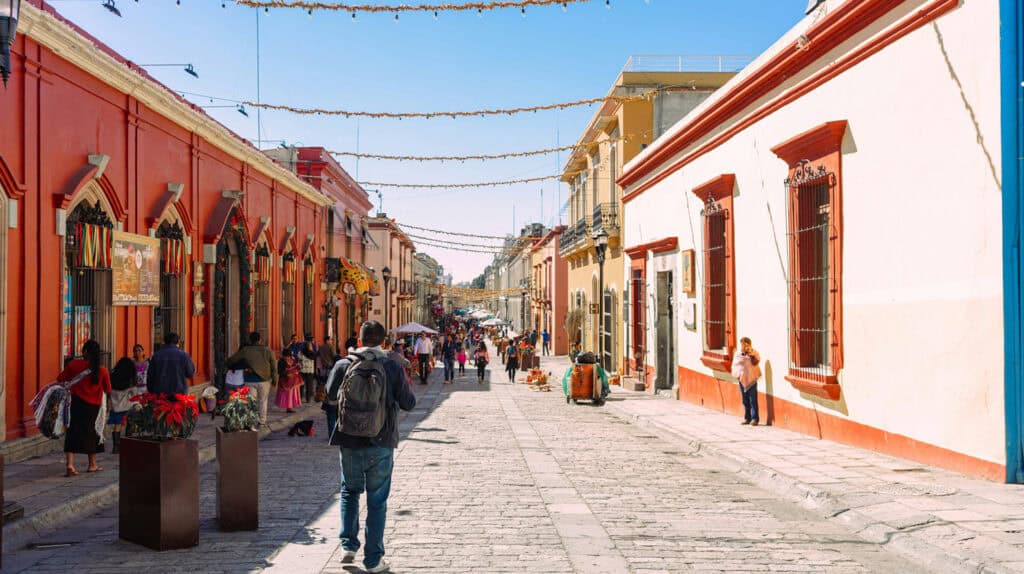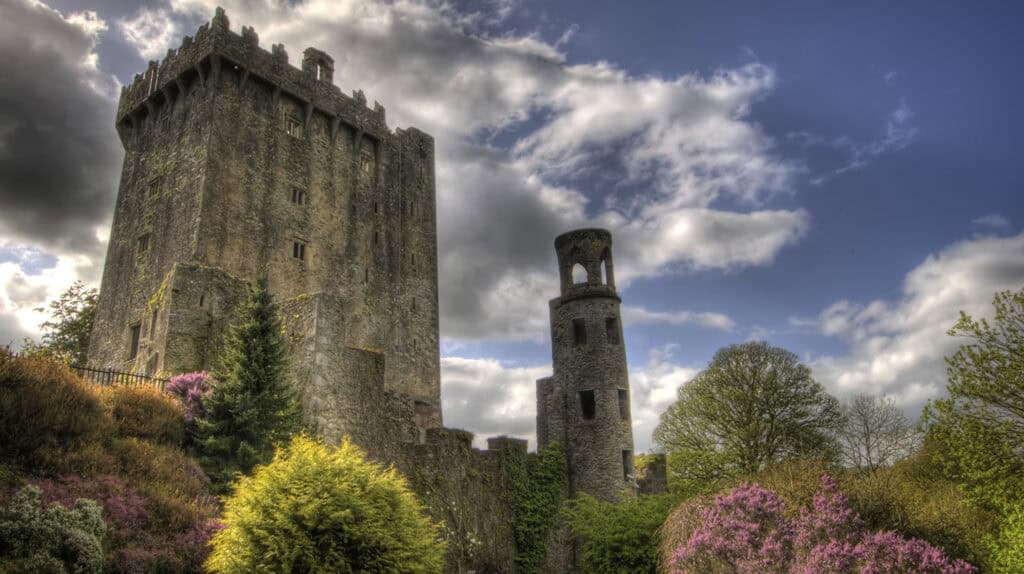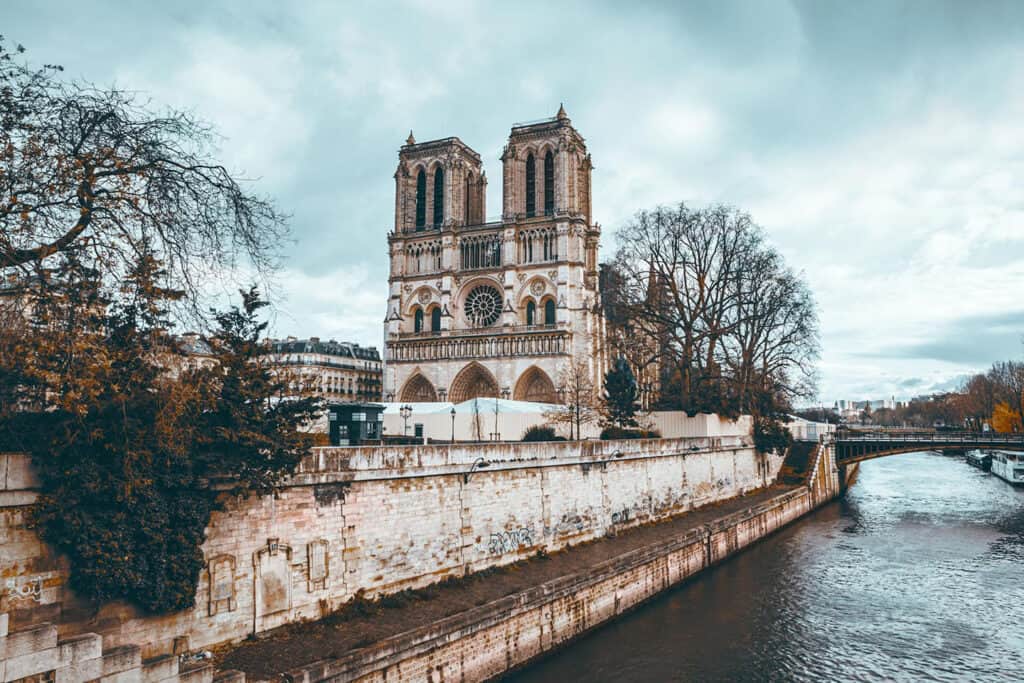

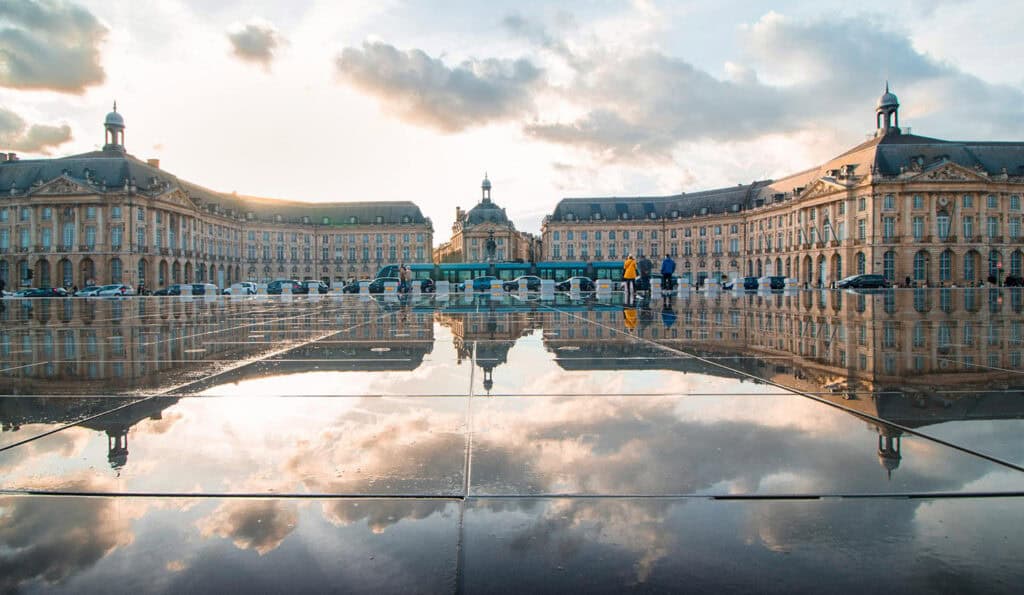
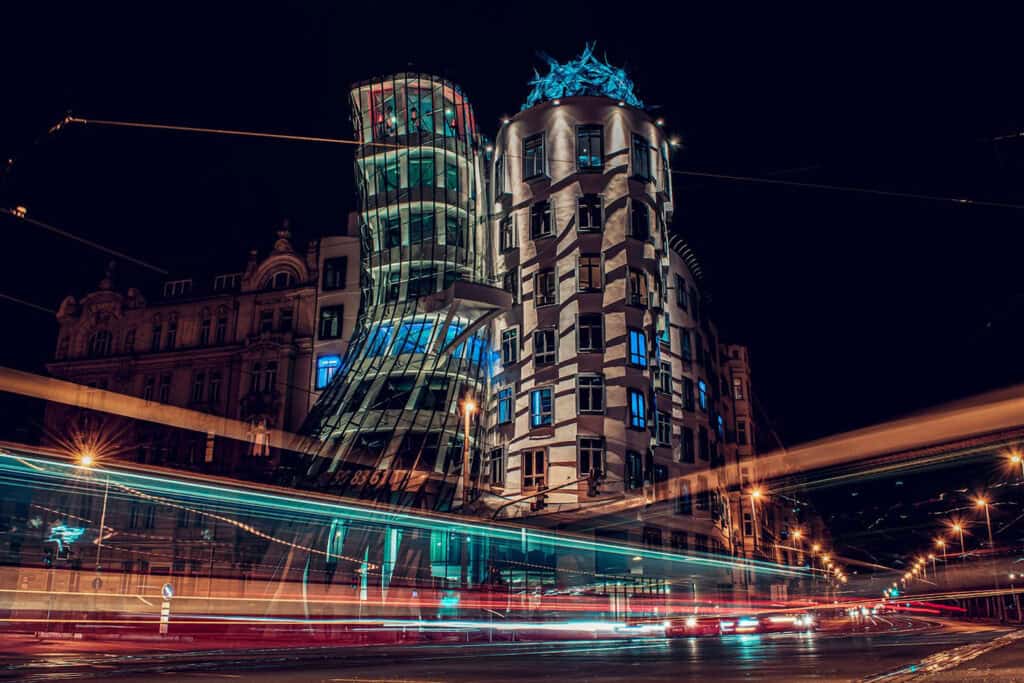
Eager to explore Europe’s architectural gems? From timeless ancient wonders to cutting-edge modern designs, Europe boasts a stunning array of landmarks that reflect its rich history and creativity.
As a history buff or design enthusiast, you’re on a quest to uncover the essence of Europe’s architectural brilliance. While it might seem overwhelming, rest assured you’re in good company.
At Landmarks Architects, we’re here to illuminate the stories behind Europe’s most iconic structures. With our expert insights, you’ll discover the landmarks that have shaped the continent.
In this article, we’ll explore:
- Iconic Structures: Explore Europe’s most celebrated landmarks.
- Ancient Roman and Greek Architecture: Learn about the beauty of classical designs.
- Romanesque and Gothic Architecture: Discover medieval architectural wonders.
- Baroque and Neoclassical Architecture: Experience the opulence and simplicity of these influential styles.
- Modernist and Contemporary Architecture: Marvel at innovative and forward-thinking designs.
Ready to start a journey through Europe’s architectural legacy? Continue reading to uncover the stories and artistry behind these iconic landmarks that have shaped the continent’s landscape.
Iconic Structures
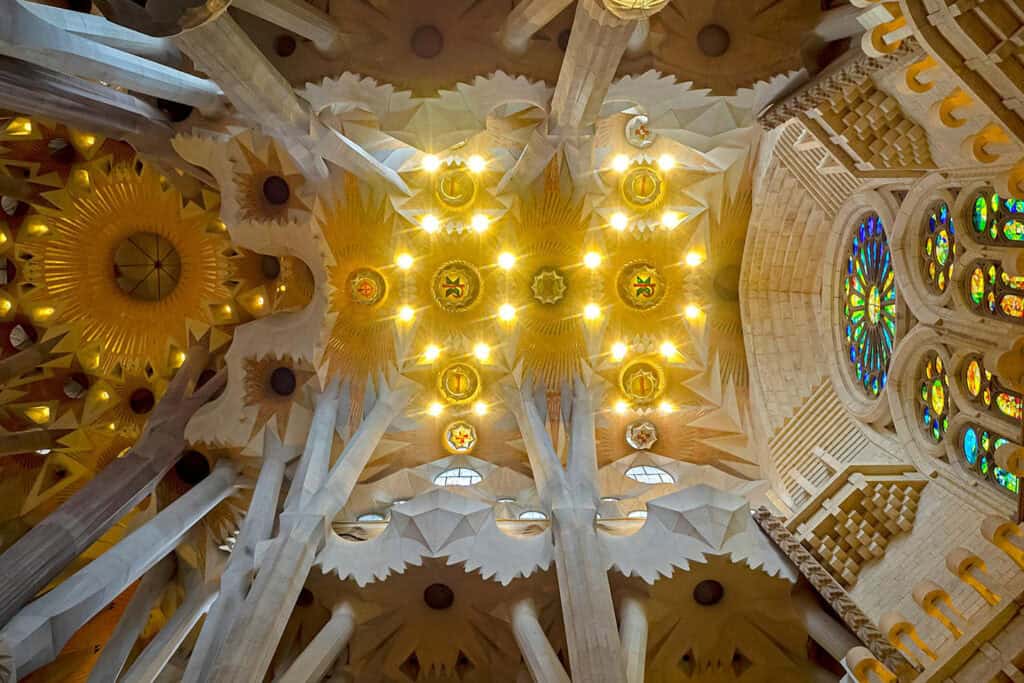
Europe is home to a wealth of architectural marvels that have withstood the test of time. These iconic structures not only define their cities but also reflect the rich cultural history of the continent.
1. Eiffel Tower
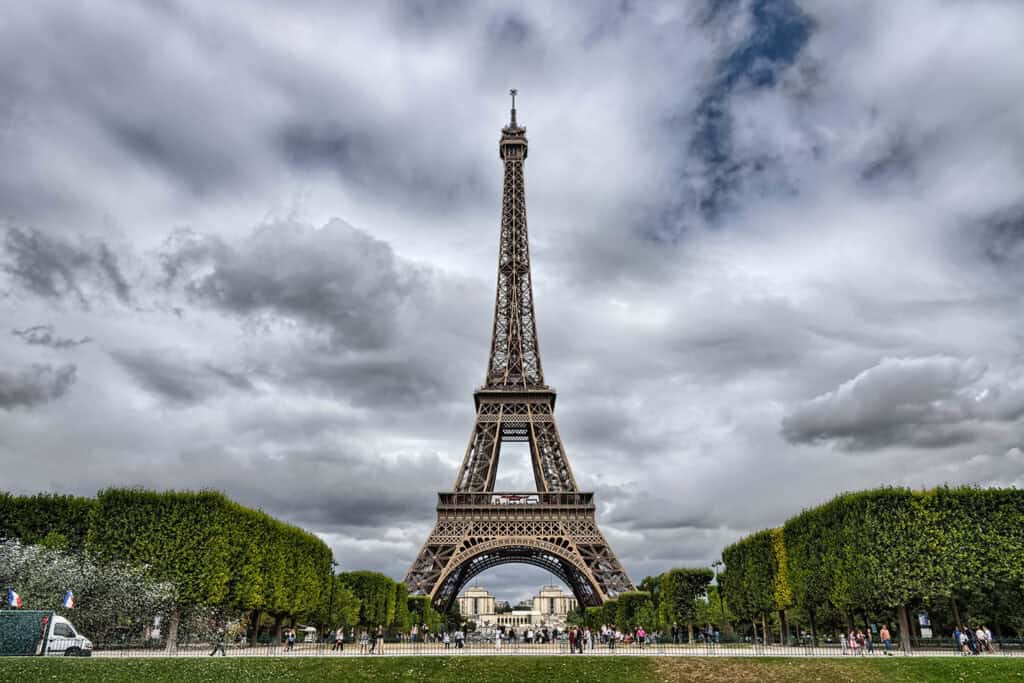
Constructed between 1887 and 1889, the Eiffel Tower is a symbol of Paris and an engineering marvel. Located in Paris, France, and standing at 1,083 feet, it was the tallest man-made structure until 1930.
Its iron lattice design reflects the era’s modern architecture and is an example of famous architecture in France.
Visitors can ascend to various levels for panoramic city views. In 2020, it attracted over 6 million visitors, making it one of the world’s most recognized monuments. The tower is also a backdrop for events and illuminations, celebrating French culture.
2. Colosseum
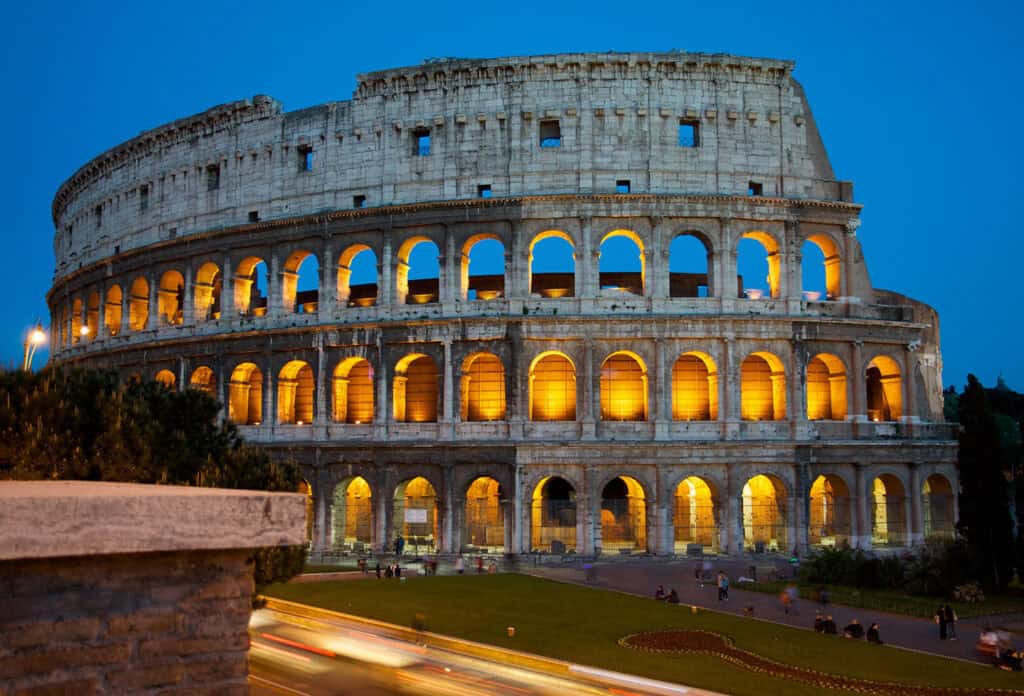
Built between 70-80 AD, the Colosseum is a remarkable ancient Roman monument, located in Rome, Italy. Capable of holding 50,000 spectators, it was used for gladiatorial contests and public spectacles.
Its architecture features complex vaults and arches, showcasing Roman engineering and famous architecture in Italy.
Designated a UNESCO World Heritage Site, the Colosseum symbolizes the grandeur of the Roman Empire and remains a major tourist attraction, drawing millions annually.
See Also Italy Landmarks: 20 Architectural Marvels in Different Cities
3. St. Peter’s Basilica
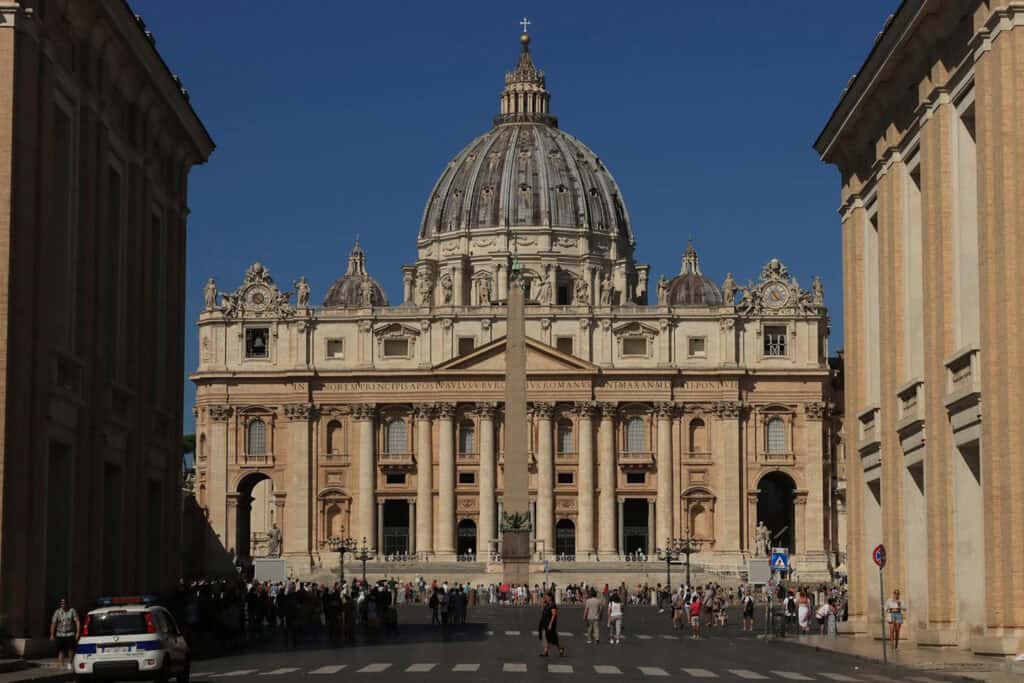
St. Peter’s Basilica, completed in 1626, is a masterpiece of Renaissance architecture located in Vatican City. Renowned for its imposing dome designed by Michelangelo, it is a major pilgrimage site for Catholics.
The basilica features remarkable works, including Michelangelo’s Pietà and Bernini’s Baldachin. Its grandeur is further highlighted by St. Peter’s Square, underscoring its significance as a spiritual and historical landmark.
4. Sagrada Família

Antoni Gaudí’s Sagrada Família, begun in 1882, is an extraordinary basilica located in Barcelona, Spain, and a UNESCO World Heritage Site.
It blends Gothic and Art Nouveau styles, featuring intricate facades with biblical scenes and towering spires reaching up to 560 feet.
The basilica’s colorful stained glass windows create a mesmerizing atmosphere. As an iconic structure, it symbolizes Barcelona’s unique architectural identity and attracts millions of visitors, making it a prime example of famous architecture in Barcelona.
See Aslo Famous Buildings in Spain
5. Notre-Dame Cathedral
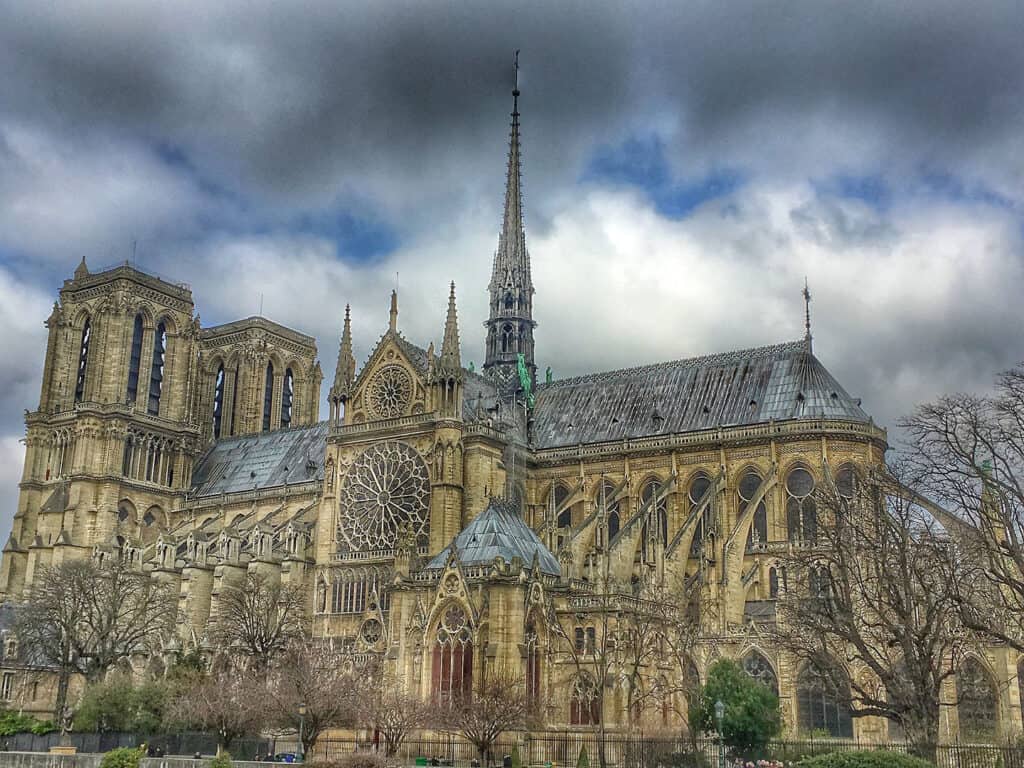
Completed in 1345, Notre-Dame Cathedral is a prime example of Gothic architecture located in Paris, France. It features flying buttresses and ornate sculptures, with magnificent stained glass windows like the Rose Window.
Notre Dame has hosted many historical events, including royal ceremonies. Despite the fire in 2019, its restoration highlights its cultural and architectural significance. The cathedral remains a major attraction for those fascinated by its history and beauty.
Ancient Roman Architecture
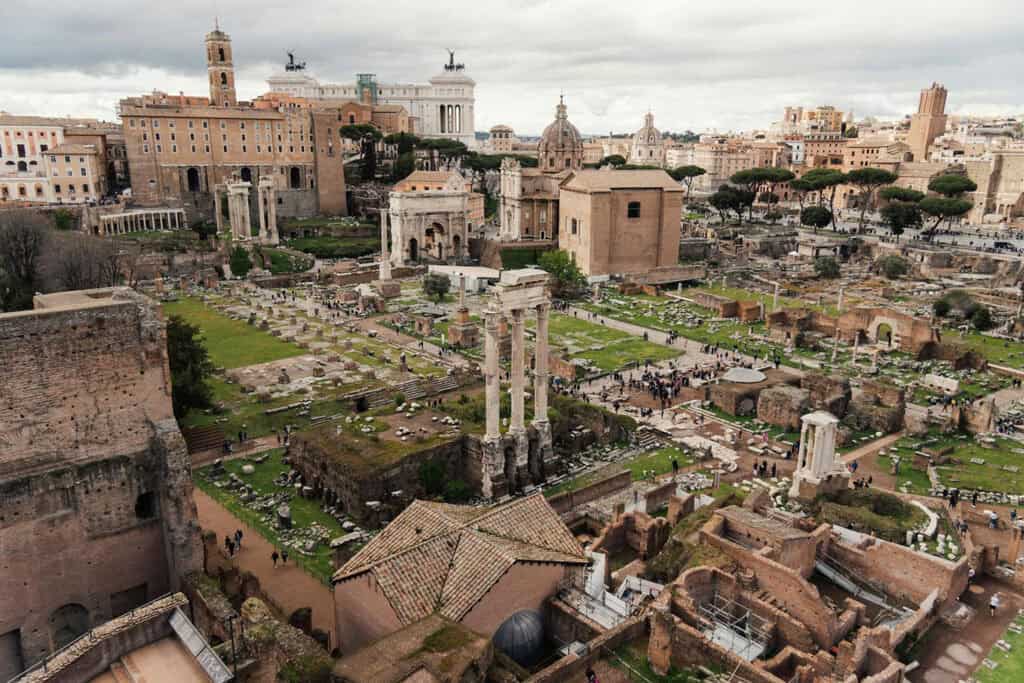
Ancient Roman architecture is characterized by monumental structures that reflect the engineering prowess and aesthetic values of the time. This section highlights a significant example: the Pantheon in Rome.
6. Pantheon
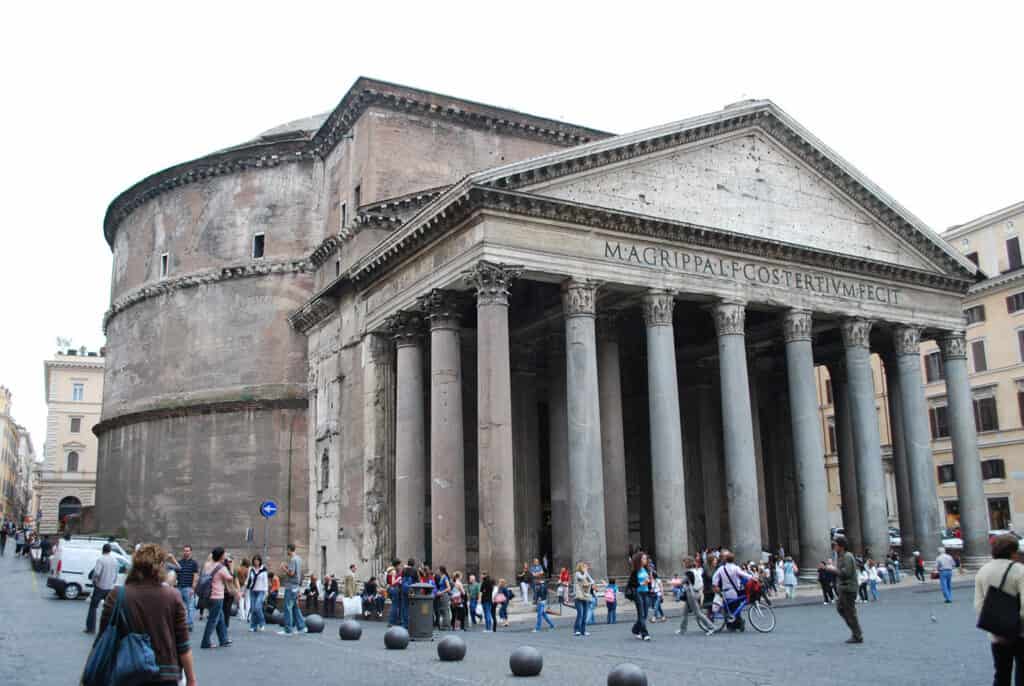
The Pantheon in Rome, Italy, completed around AD 126 under Emperor Hadrian, is a prime example of Roman architecture. Originally built as a temple for all gods, it boasts one of the world’s largest unreinforced concrete domes.
Measuring 142 feet in diameter, its harmonious proportions showcase Roman mastery of space and light. The entrance, with its 16 Corinthian columns, highlights the grandeur of Roman public buildings. Remarkably intact over the centuries, the Pantheon has influenced numerous buildings in history.
Classical Greek Architecture
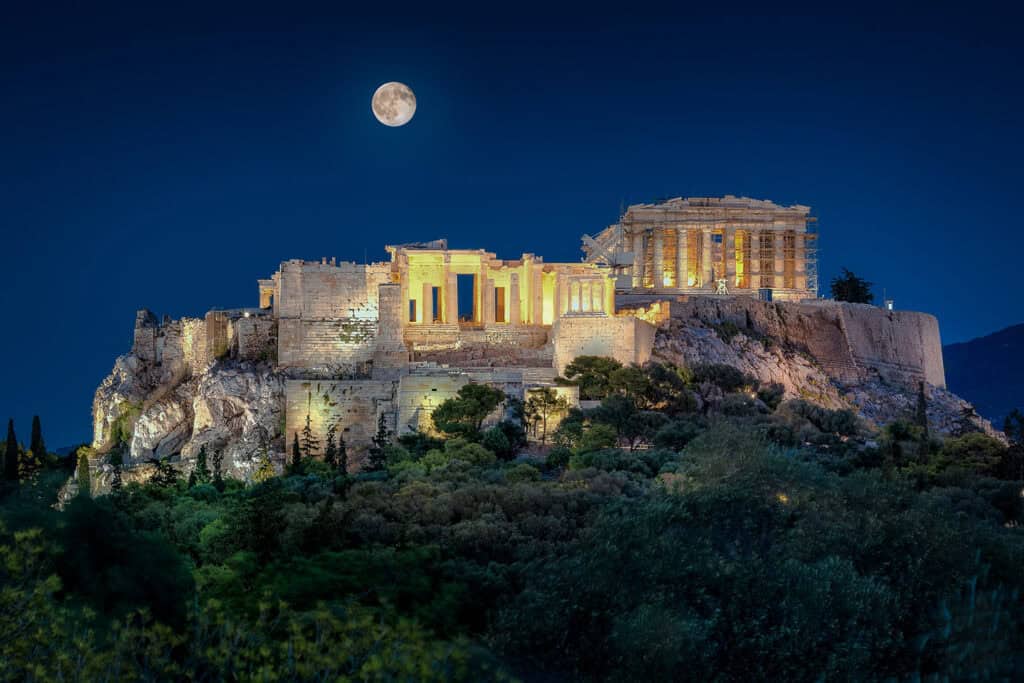
Classical Greek architecture is celebrated for its beauty and precision. Iconic structures like the Parthenon highlight the advanced engineering and aesthetic principles of ancient Greece.
7. Parthenon

The Parthenon, built in the 5th century BCE, symbolizes ancient Greece’s architectural brilliance. Located on the Acropolis in Athens, Greece, and dedicated to Athena, the city’s patron, it features Doric columns and sculptural details, representing famous architecture in Greece.
Measuring about 69.5 by 30.9 meters, the temple has a slight curvature for optical perfection. Designed by Iktinos, Callicrates with Phidias overseeing sculptures, the Parthenon represents Athenian democracy and cultural achievements, continuing to inspire classical Greek architecture.
Romanesque Architecture
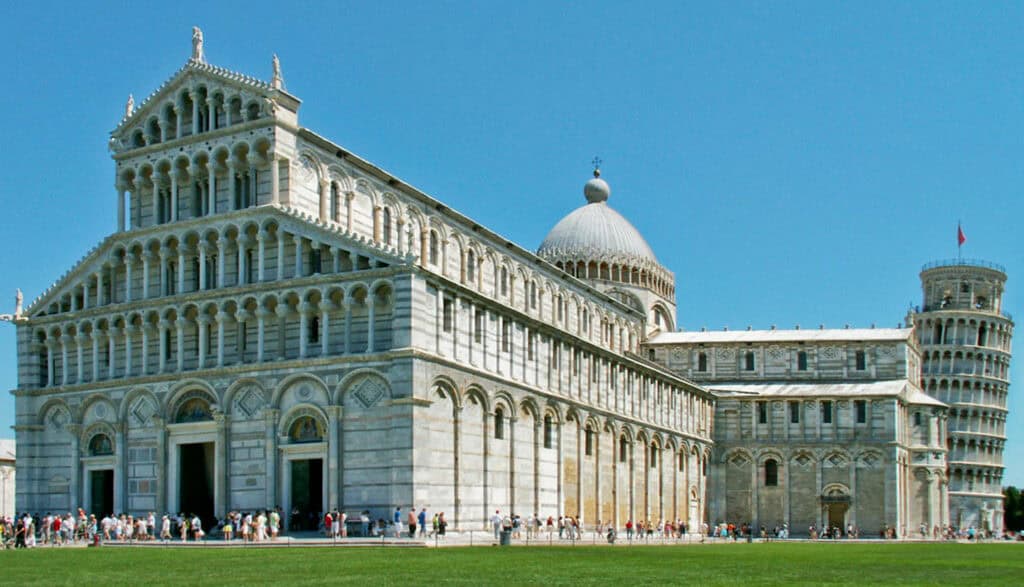
Romanesque architecture, prominent in medieval Europe, is known for its robust qualities. Key features include thick walls, rounded arches, and varied influences, laying a strong foundation for later architectural developments.
8. Leaning Tower of Pisa
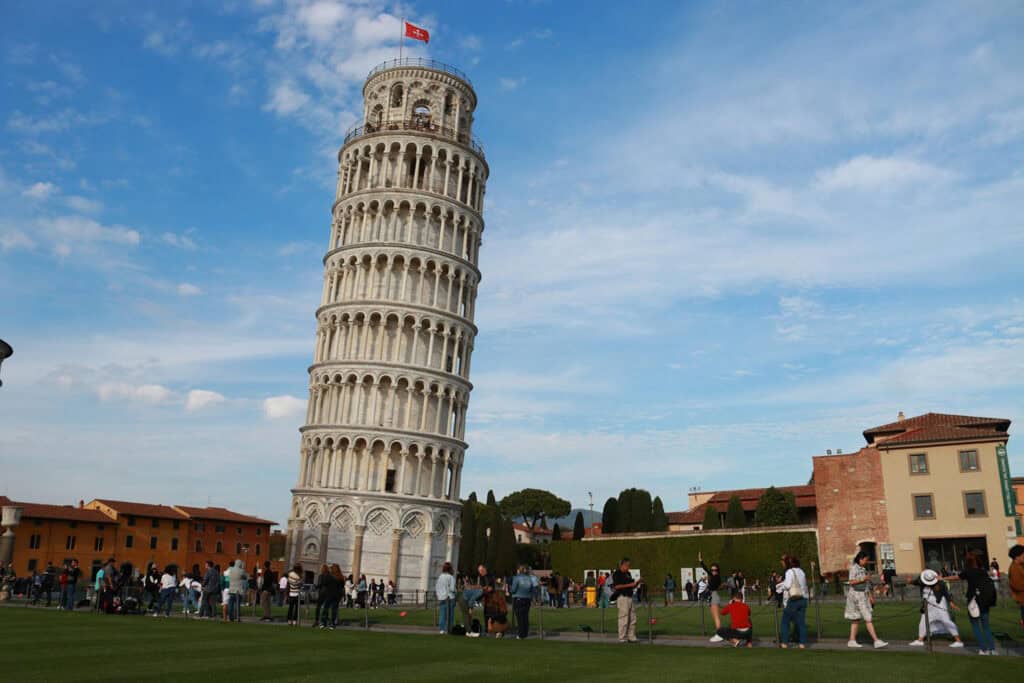
The Leaning Tower of Pisa, a Romanesque architectural marvel located in Italy, was originally built as a campanile for the cathedral starting in 1173. Standing about 56 meters tall, the tower is known for its tilt due to unstable soil.
It features arcades and columns in marble and has seven stories adorned with arches. Despite its lean, the tower remains stable and continues to attract many visitors.
9. Mont-Saint-Michel

Mont-Saint-Michel is an abbey rising dramatically from the sea in France. While the abbey has Romanesque roots, it also incorporates Gothic elements due to later architectural developments. Originally built in the 8th century, Mont-Saint-Michel has seen significant expansions and renovations over the centuries.
The abbey features thick stone walls, rounded arches, and large towers, and its summit church provides breathtaking views. It is celebrated as a UNESCO World Heritage site for its historical and architectural importance.
Gothic Architecture
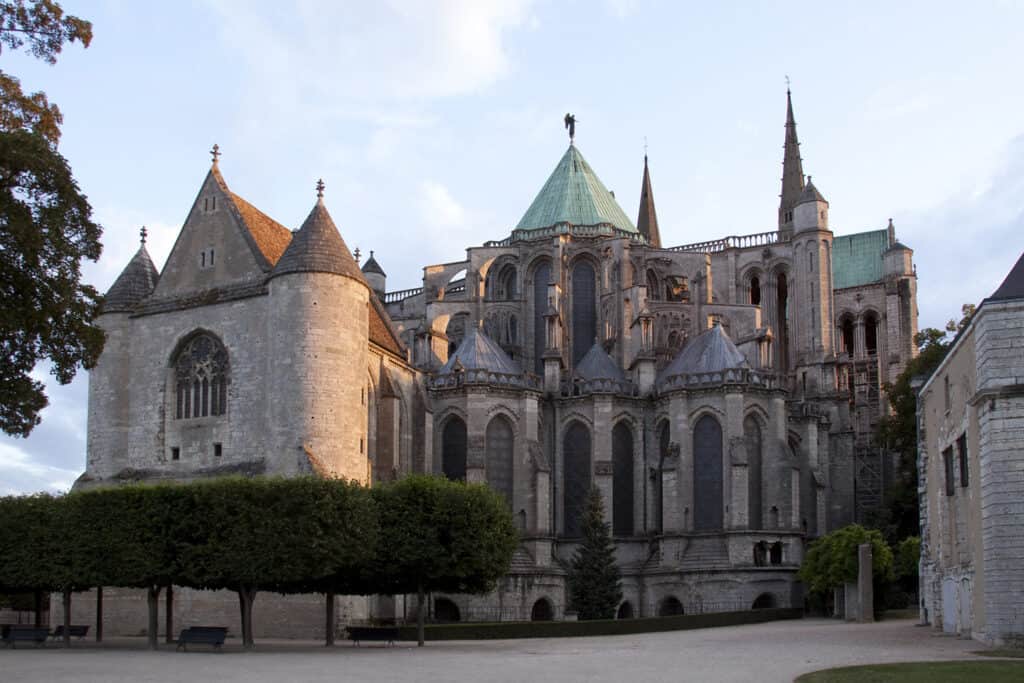
Gothic architecture, emerging in Europe during the 12th century and lasting until the 16th century, is renowned for its intricate designs and structural innovations. Key features include pointed arches and soaring structures.
10. Chartres Cathedral
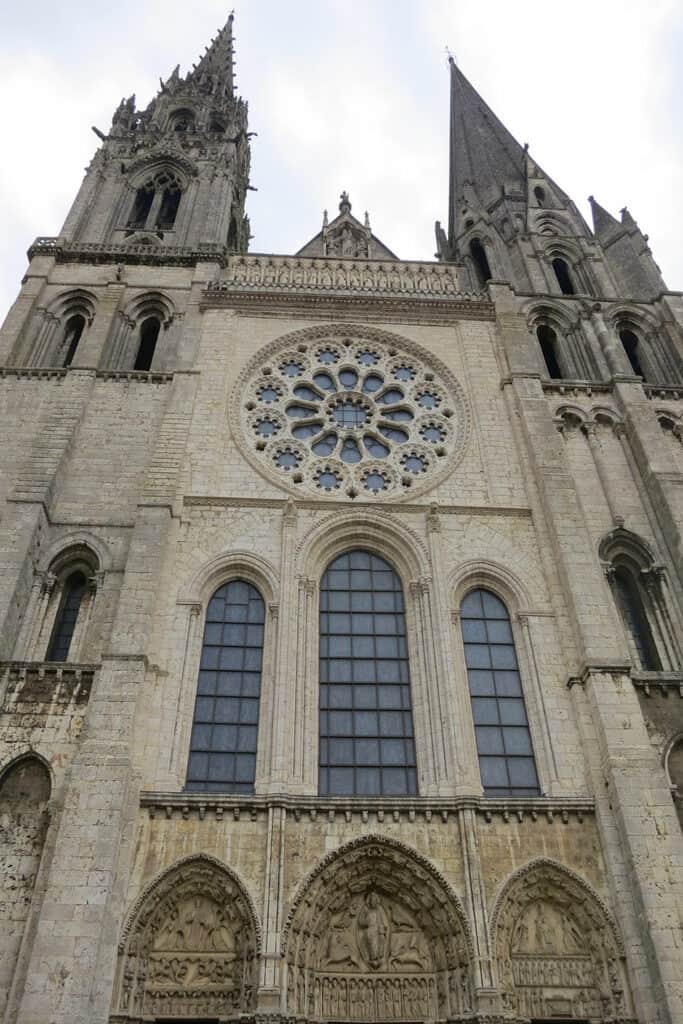
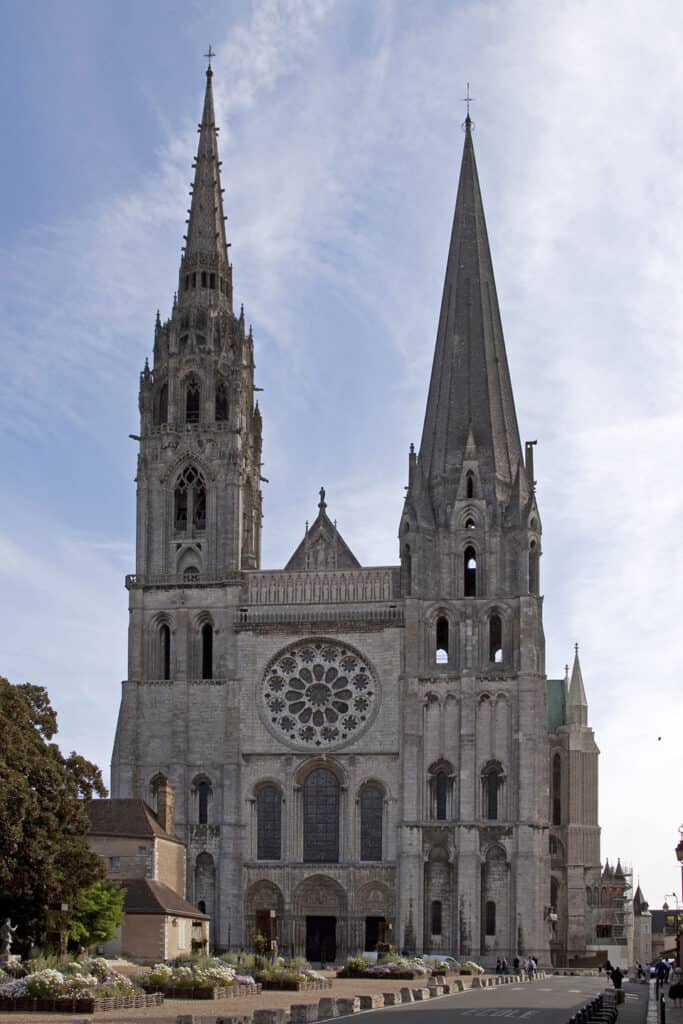
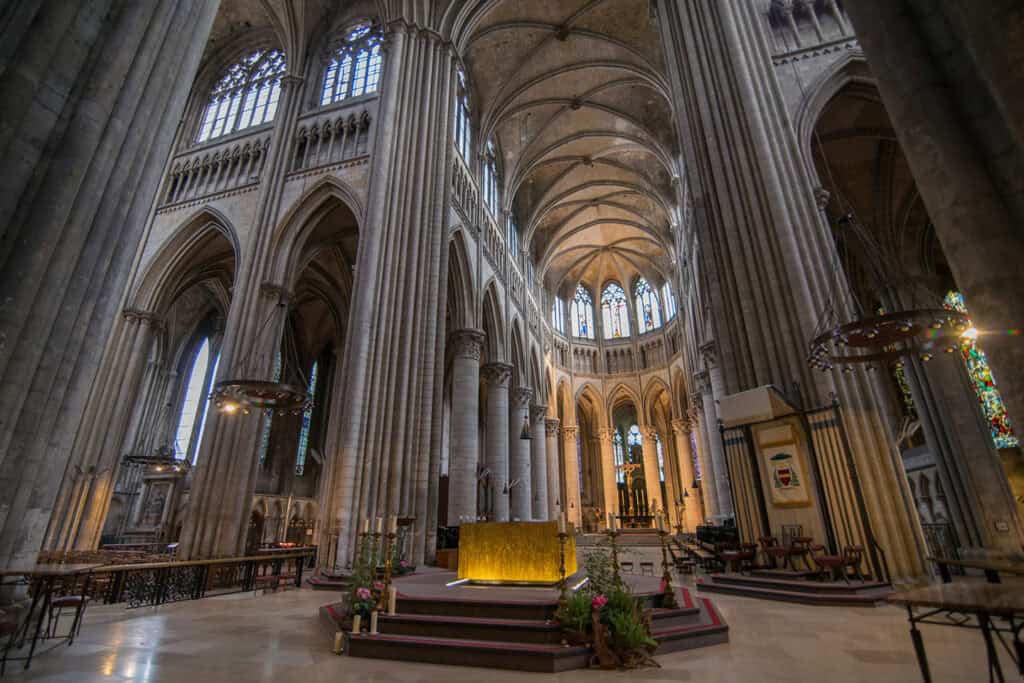
Chartres Cathedral, located in Chartres, France, is a prime example of Gothic architecture, with construction starting in 1194 and completed around 1220. It features about 176 stained glass windows, many of which are original from the 12th and 13th centuries, and intricate sculptural details.
The pointed arches, high ceilings, and large windows are characteristic of Gothic design. Chartres Cathedral is a UNESCO World Heritage site and remains a significant center for pilgrimage and cultural heritage.
Baroque Architecture
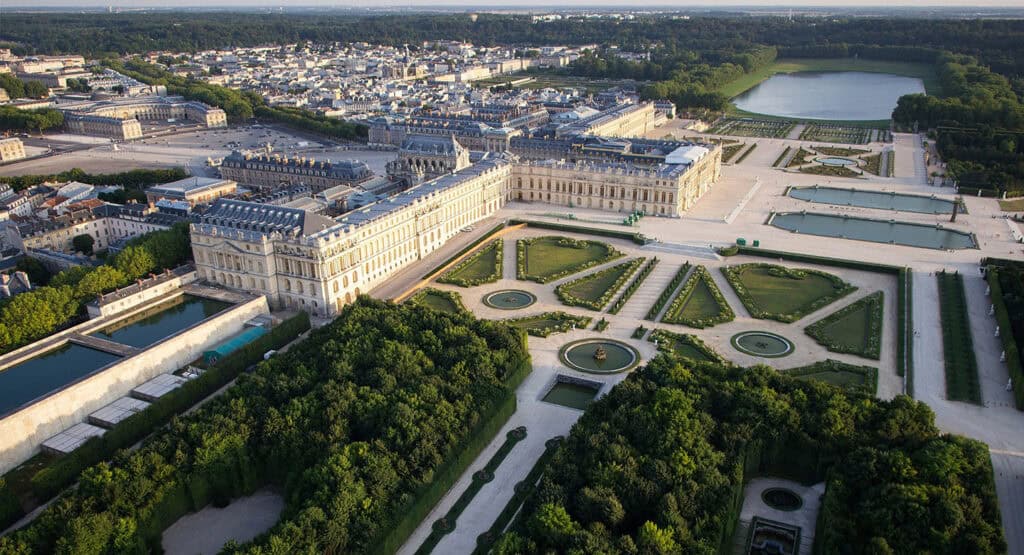
Baroque architecture is known for its grandeur and intricate designs, exemplifying the power and glory of the institutions that commissioned these buildings. Key features include opulent decorations, dynamic shapes, and a strong play of light and shadow.
11. Palace of Versailles
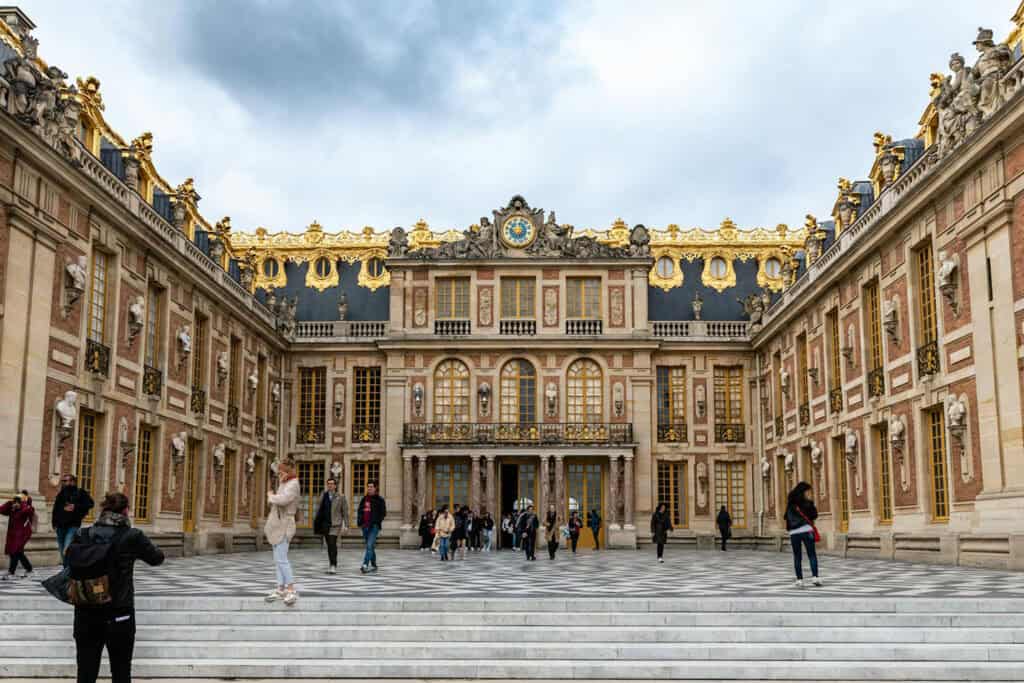

The Palace of Versailles, located in Versailles, France, is a prime example of the Baroque Style. Originally a hunting lodge for Louis XIII, it was transformed by Louis XIV into a symbol of royal authority.
The palace features lavish rooms like the Hall of Mirrors, known for its massive mirrors and chandeliers. Designed by André Le Nôtre, the gardens include geometric pathways, fountains, and sculptures, merging architecture with landscape design.
Versailles exemplifies French monarchy and Baroque ideals, influencing later architectural styles.
Neoclassical Architecture
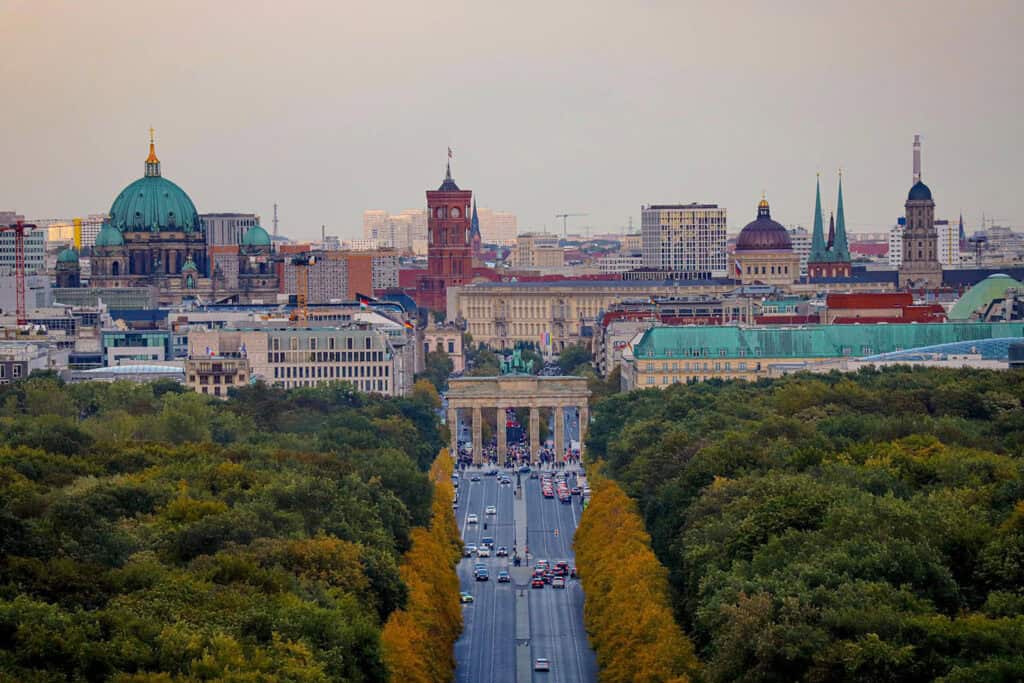
Neoclassical architecture emerged in the 18th and early 19th centuries as a reaction against the extravagance of Baroque and Rococo styles. This style emphasizes simplicity, grandeur, and classical elements.
12. Brandenburg Gate
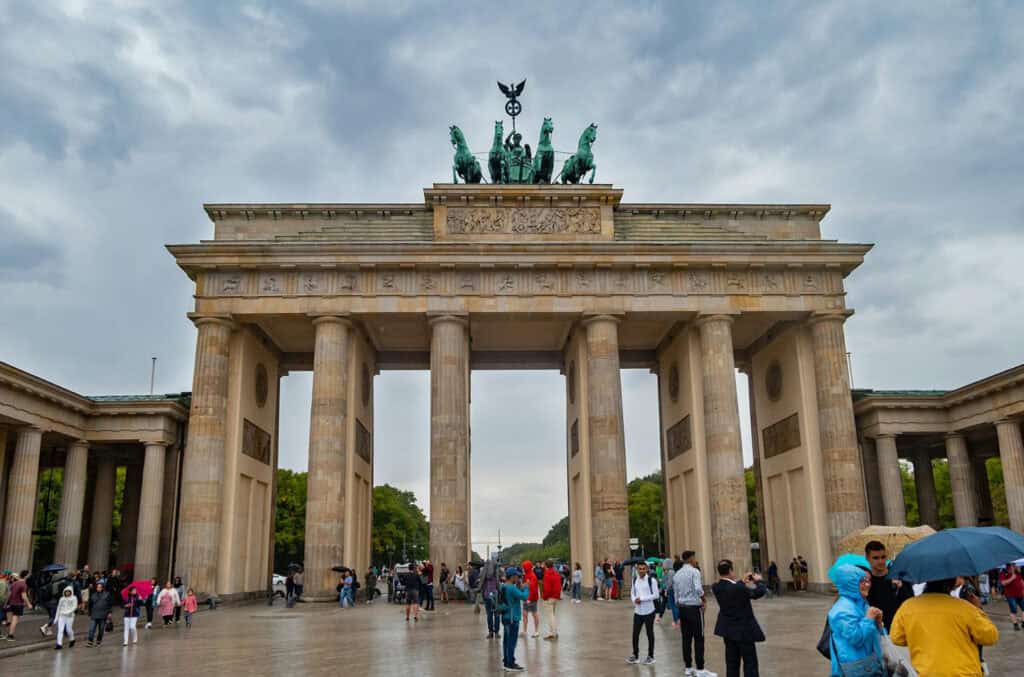
The Brandenburg Gate, located in Berlin, Germany, is an iconic example of Neoclassical architecture, designed by Carl Gotthard Langhans and completed in 1791. It serves as a monumental entry point to the city and stands as a symbol of peace and unity, representing famous architecture in Germany.
With its 12 Doric columns, the gate reflects the structure of ancient Greek temples. Standing 26 meters tall, it captures attention with its impressive scale and symmetry. Originally, it marked the entrance to the boulevard Unter den Linden, a historic site.
The gate’s status was further solidified during different eras, transitioning from a symbol of division during the Cold War to one of reunification post-1989. Its location near the Reichstag, the German Parliament building, underscores its historical significance.
see Also Traditional German Architecture: 7 Architectural Styles in German
Modernist Architecture
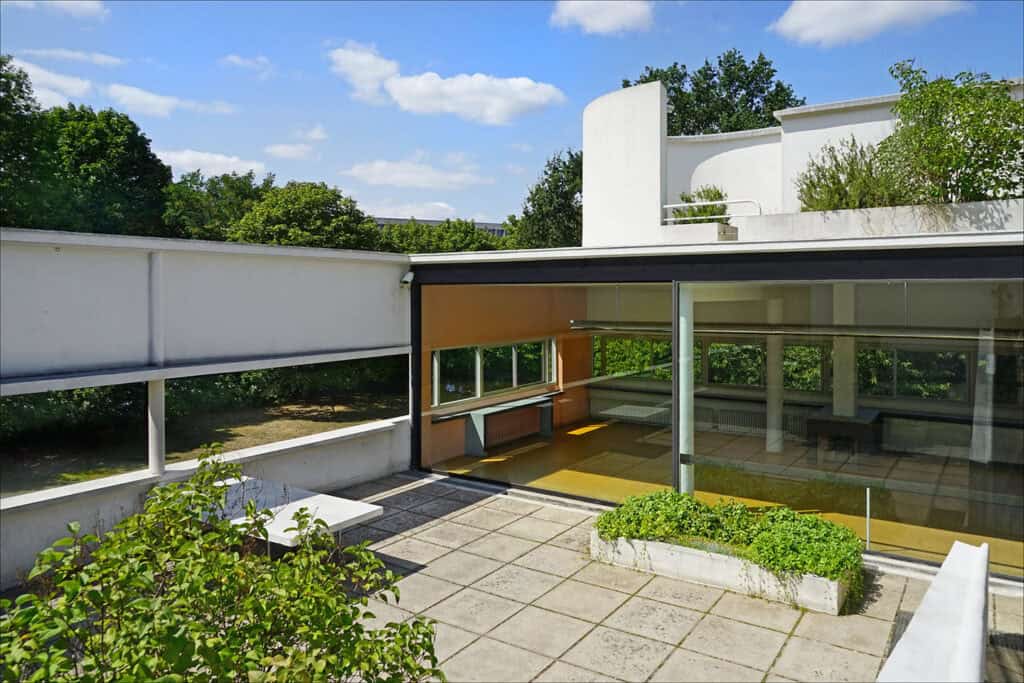
Modernist architecture, emerging in the early 20th century, marked a radical shift from traditional styles. Key figures like Le Corbusier and Mies van der Rohe emphasized functionality and simplicity in their designs.
13. Villa Savoye

Villa Savoye, located in Poissy, France, was designed by Le Corbusier and completed in 1931. It is a prime example of modernist architecture, featuring the five points of architecture: pilotis, flat roofs, open floor plans, horizontal windows, and free facades, representing modern architectural styles.
Its rectangular shape and smooth white surface embody purity and minimalism. The villa harmonizes with its landscape, showcasing the integration of structure and surroundings. Villa Savoye influences contemporary architecture and is recognized as a UNESCO World Heritage site for its architectural significance.
Contemporary Architecture
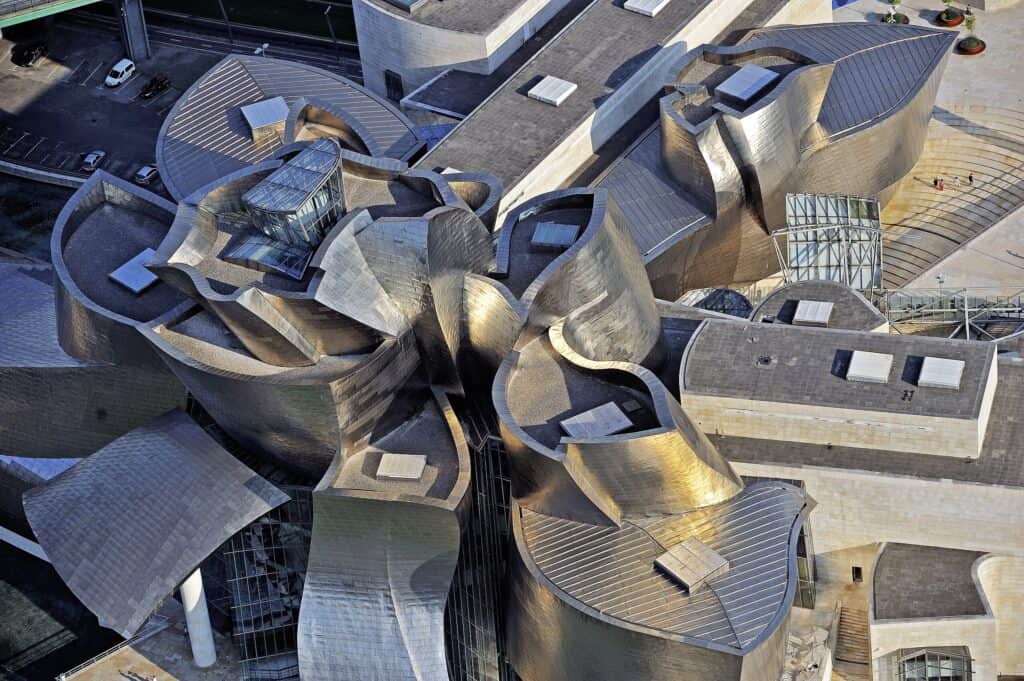
Contemporary architecture in Europe features innovative designs and creative expressions. Key examples are the Guggenheim Museum in Bilbao and the Dancing House in Prague, each showcasing distinct architectural styles and philosophies.
14. Guggenheim Museum

The Guggenheim Museum, located in Bilbao, Spain, was designed by Frank Gehry and completed in 1997. It revolutionized modern architecture with its organic shapes and titanium cladding, representing a striking example of European-style architecture.
Its fluid design contrasts with the city backdrop, making it a major attraction in Bilbao.
Inside, the museum features contemporary art and has revitalized the local economy, establishing Bilbao as a cultural hub. Gehry’s design marks the museum as an architectural wonder.
15. Dancing House
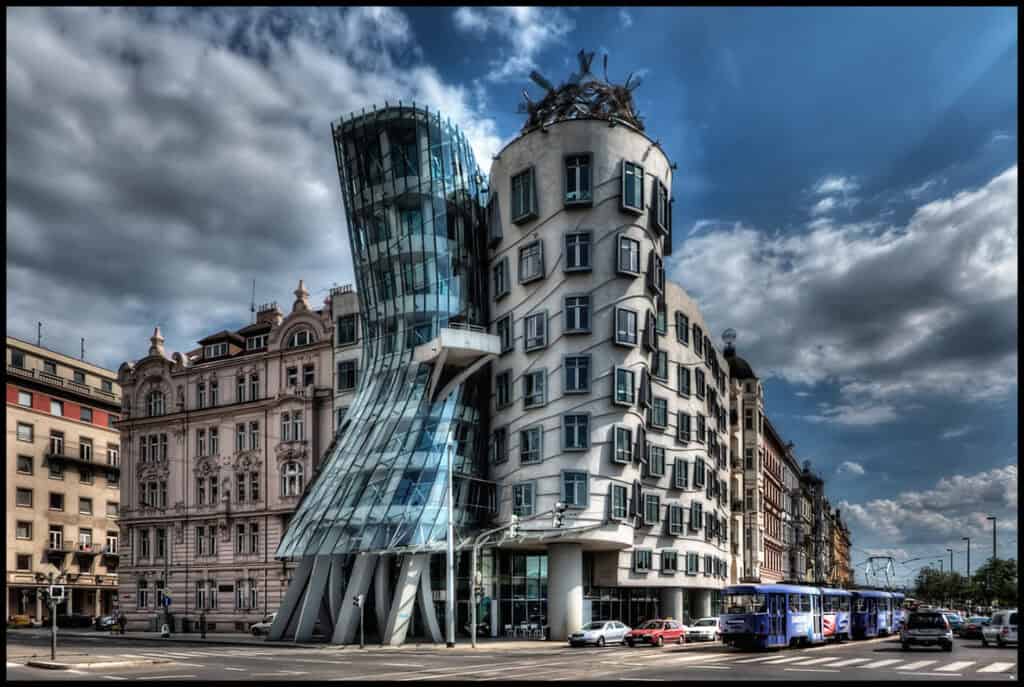
The Dancing House, located in Prague, Czech Republic, is a key example of contemporary architecture. Designed by Croatian-Czech architect Vlado Milunić and American architect Frank Gehry, it was completed in 1996.
Notable for its unconventional shape and dynamic lines, the building resembles dancers and contrasts with traditional architecture. The glass façade symbolizes the city’s modern era.
See Also Tallest Buildings in Spain: Exploring 30 Most Iconic Buildings
Famous Architecture in Europe: A Recap
From the grandeur of the Colosseum and the timeless elegance of the Parthenon to the cutting-edge design of the Guggenheim Museum, Europe’s famous architecture is a testament to its rich historical and cultural evolution.
Each landmark, whether ancient or modern, reflects unique artistic and engineering achievements that continue to inspire. As you explore these iconic structures, you’ll encounter a rich tapestry of styles and stories that define Europe’s architectural legacy and its ongoing innovation of infamous architecture.





